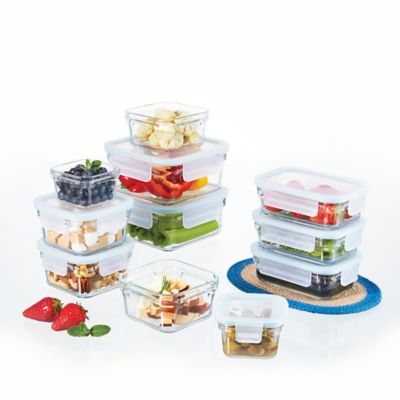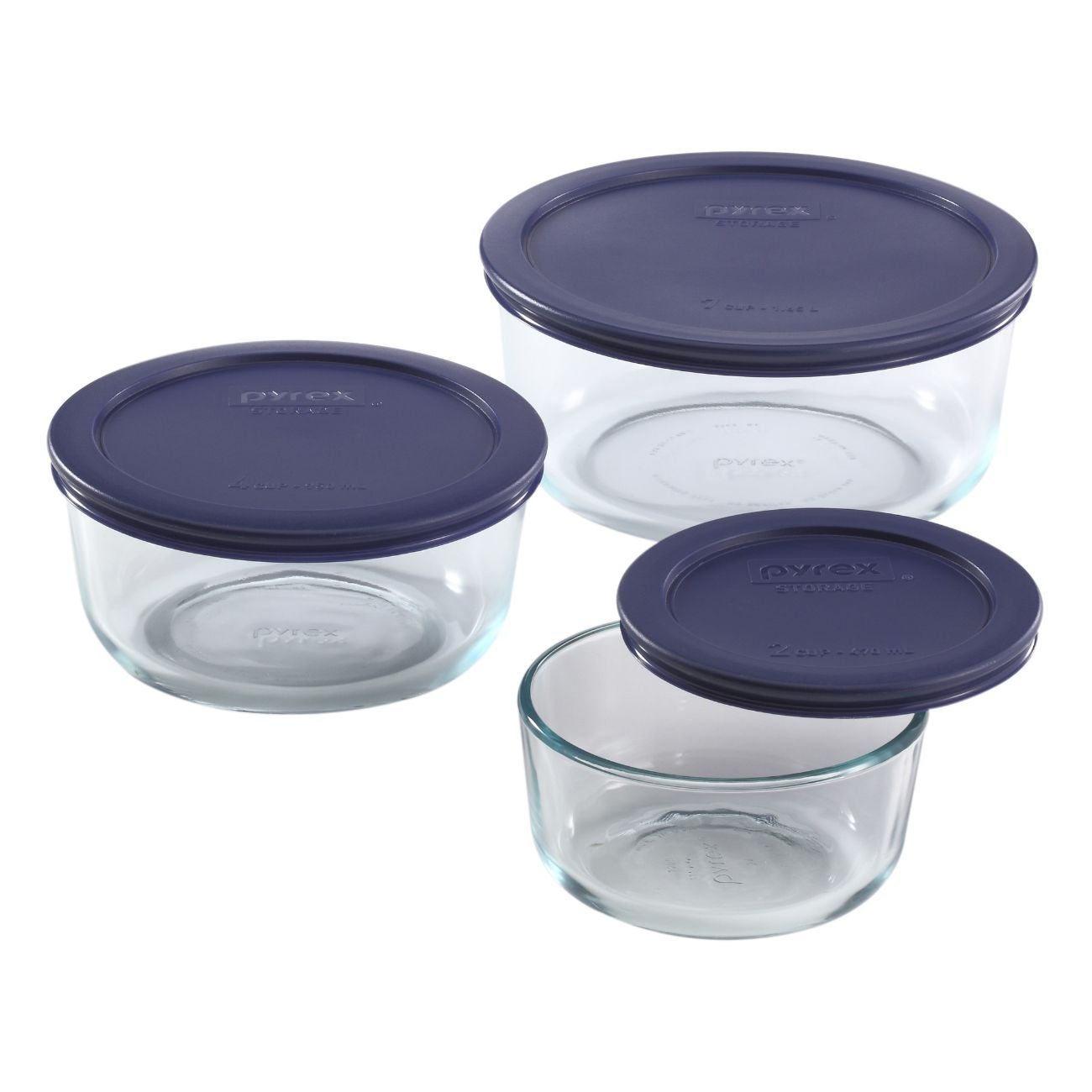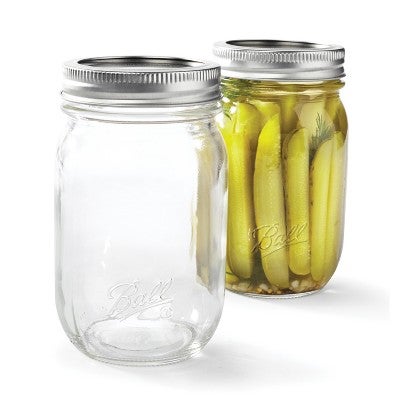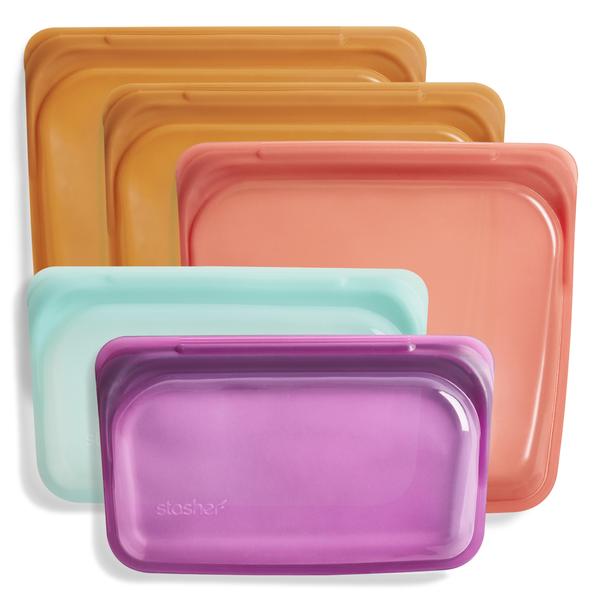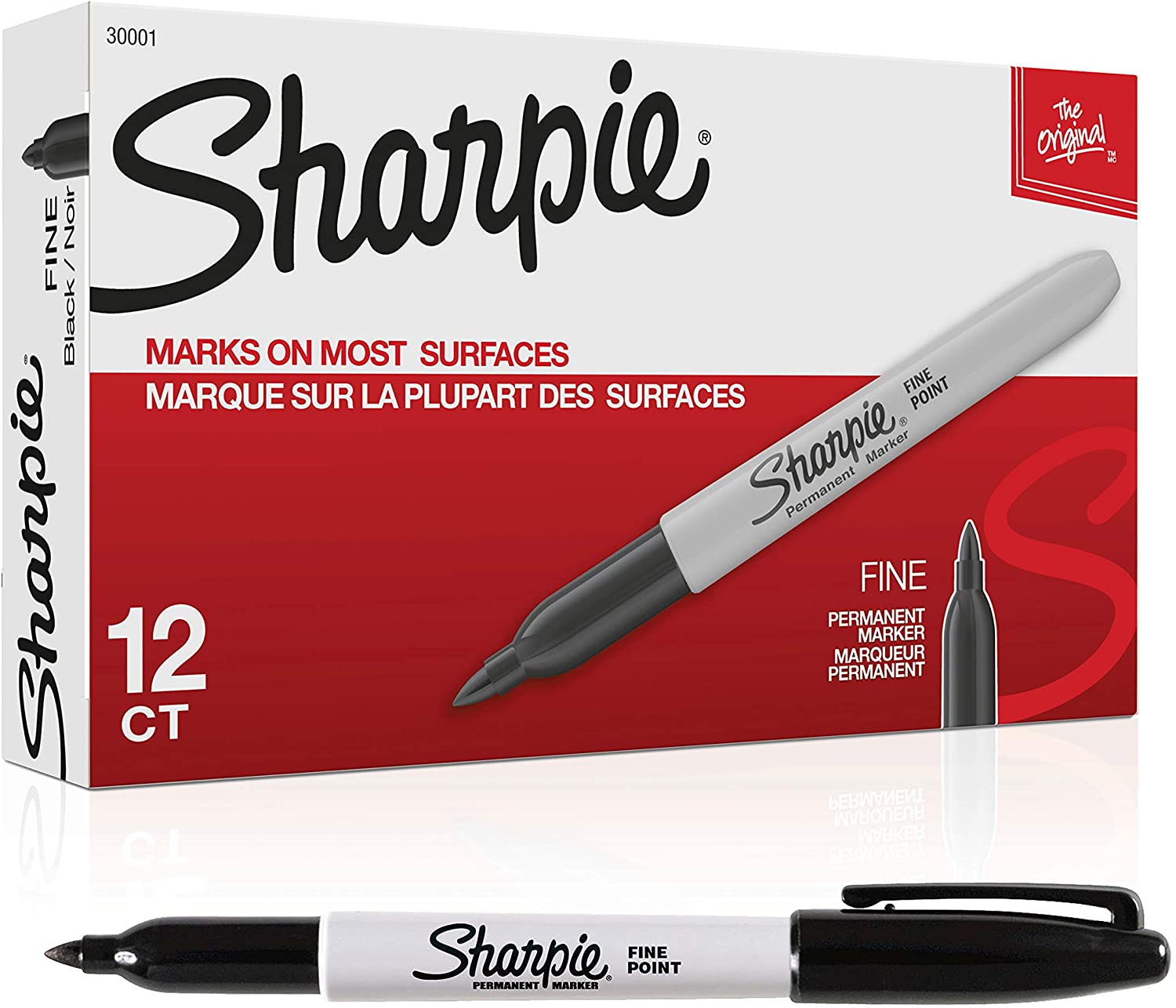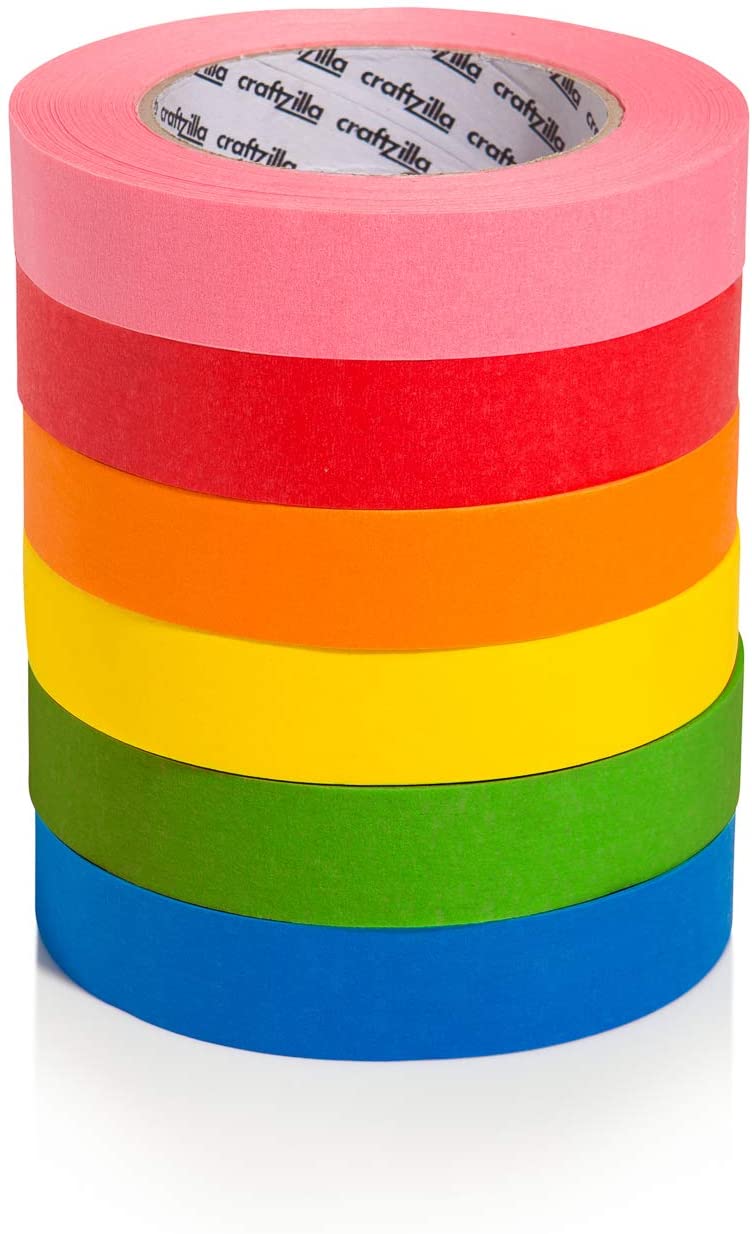During this time of social distancing, when restaurants are limited to delivery and take-out service only and many of us are stuck at home, we're preparing more food for ourselves than ever, and for better or worse, the insides of our refrigerators reflect that. That's why we decided to enlist the help of Tracy McCubbin, organizing expert, founder of L.A.-based organizing company dClutterfly, and author of Making Space, Clutter Free: The Last Book on Decluttering You'll Ever Need, for guidance on how to arrange the contents of our fridges. Ahead, you'll find McCubbin's tips for how to whip your packed fridge into shape and keep it organized after every grocery run and cooking spree.
AdvertisementADVERTISEMENT
Make a list before grocery shopping
Right now, we're trying to be as efficient as possible with our trips to the grocery store in order to save ourselves any extra journeys outside. Making a list before going to the store can help with that, and as an added bonus, grocery lists can help with refrigerator clutter. "You've got to go to the grocery store with a list because if you don't, you're going to buy a bunch of stuff you already have or don't have room for," McCubbin says.
Make a meal prep list
When it comes to keeping your refrigerator organized and making sure you're using all the food that's inside it, lists are your best friends. In addition to grocery lists, McCubbin recommends keeping a meal prep list. According to her, that can mean a list of the ingredients you have in your fridge and pantry along with a list of all the dishes you can make with those ingredients. Alternatively, your meal prep list can be a list of all the ingredients that go bad quickest. "That's a great way to keep your refrigerator rotated and organized," the Making Space, Clutter Free author explains. "Like, I have cauliflower right now, and I know it's about to go so I'm going to make soup with it next."
Keep like with like
McCubbin calls the "like with like" trick an "organizing tenant" that should be applied in every corner of your home, including your fridge and freezer. "Get all your meat and cheese in a drawer, get all your veggies together," she tells us. This practice makes finding ingredients a breeze.
AdvertisementADVERTISEMENT
Store older food at the front of the fridge
Step aside shiny new snacks, Tacy McCubbin insists older food belongs upfront. This simple storage strategy can prevent us from falling into that trap of getting excited by the food we most recently bought and forgetting about the stuff that's been hanging out since our last grocery run. In other words, it cuts back on food waste. So, when you're putting groceries away, bring what's already in the fridge forward.
Wash & prep produce as soon as you get home from the store
It does take extra time, but if you have that time, McCubbin recommends washing and prepping all your produce when you get home from the store and then putting it into the fridge. "It helps keep your refrigerator organized plus, when you get hit with, 'Oh, I want a salad for lunch,' it's already washed and ready to go," she explains.
Tackle the condiment door
There is perhaps no area of the kitchen — or even the entire house — more haunting than the inside of the refrigerator door. Filled with expired sauces and random ingredients you only used once for a very specific recipe, the dreaded door is an organizational nightmare, but McCubbin has a few tips for tackling it. First, she suggests pulling out every container that's in there and then, getting really honest with yourself. "If you're never going to use that pomegranate molasses, it's okay to let it go," she says.
After you've eliminated the condiments you aren't using, it's time to get to tasting. "Harvard did a big study around food waste and found that the smell and taste tests are the best ways to see if your ingredients are actually still good to use," the professional organizer says. Finally, in order to make more room in your fridge door, consolidate condiments you have more than one bottle of. "If you have two mustards or two things of ketchup or two balsamic salad dressings, spaces your premium right here. So it's about getting those things together and buying yourself space wherever you can," she tells us.
After you've eliminated the condiments you aren't using, it's time to get to tasting. "Harvard did a big study around food waste and found that the smell and taste tests are the best ways to see if your ingredients are actually still good to use," the professional organizer says. Finally, in order to make more room in your fridge door, consolidate condiments you have more than one bottle of. "If you have two mustards or two things of ketchup or two balsamic salad dressings, spaces your premium right here. So it's about getting those things together and buying yourself space wherever you can," she tells us.
AdvertisementADVERTISEMENT
Use see-through storage containers & label them
When it comes to how you should store your food inside your refrigerator, McCubbin recommends clear storage containers. These, too, help combat waste because you're less likely to forget about the food you can actually see. The expert suggests brands like Pyrex and Glasslock because they're easy to stack and store when they're not being used. She also likes Stasher's reusable food storage bags and Ball jars for soups and other liquids.
After you pack your dishes into your various see-through food storage containers, McCubbin advises labeling what's inside and when it was made and stored. Don't worry, though, you don't necessarily need a special label maker for this part. "Labeling is always a hot topic in organizing. I'm a little more laissez-faire about it. I don't think you need fancy labels or a house font or anything, but labels serve a purpose to tell you what's inside something, and if you date it, then you know how long it's been in there," she says. "Anything that you can do to make this part easier on yourself, do it. Even if you just take a little piece of packing tape and write on that so you can rip it off when you're done. Your Sharpie is going to be your best friend right now." This labeling strategy should also be used when freezing food.
shop 6 products
Take advantage of your fridge's design
Most refrigerators have crisper drawers, and McCubbin recommends actually using them for produce. They were, after all, designed specifically for that. However, your refrigerator may have even more to offer. That's why the expert suggests going online and watching an informational video about your specific fridge model in order to make sure you're utilizing it to its full potential.
McCubbin is also a big proponent of adjusting your fridges' shelves to accommodate what you're storing inside it. "If you're finding that your almond milk carton is a bit bigger, maybe play with the shelves to buy yourself an inch and things will fit a lot better," she shares. "Now's a great time to do that. Pull everything out, wash it, scrub it down, and play with the shelf size." Make your fridge work for you.
AdvertisementADVERTISEMENT







